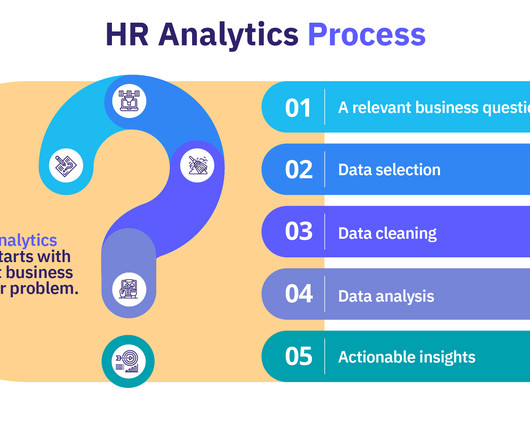11 Important Employee Relations Metrics To Track
AIHR
JULY 22, 2024
Employee relations metrics measure employee engagement, satisfaction, and retention, as well as overall workplace culture. Companies that prioritize employee relations and create supportive work environments generally see better results in all aspects. Contents What is employee relations?






















































Let's personalize your content